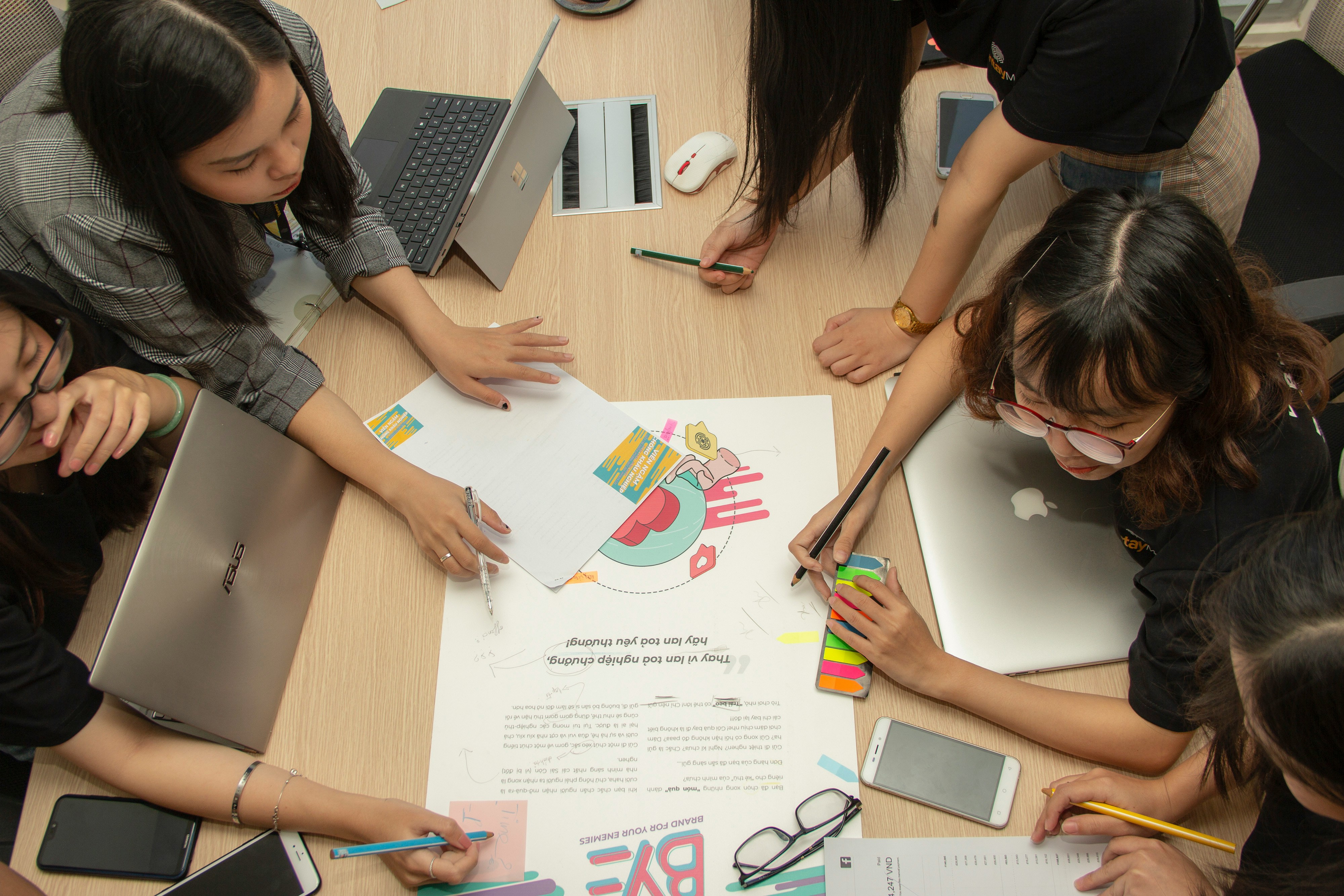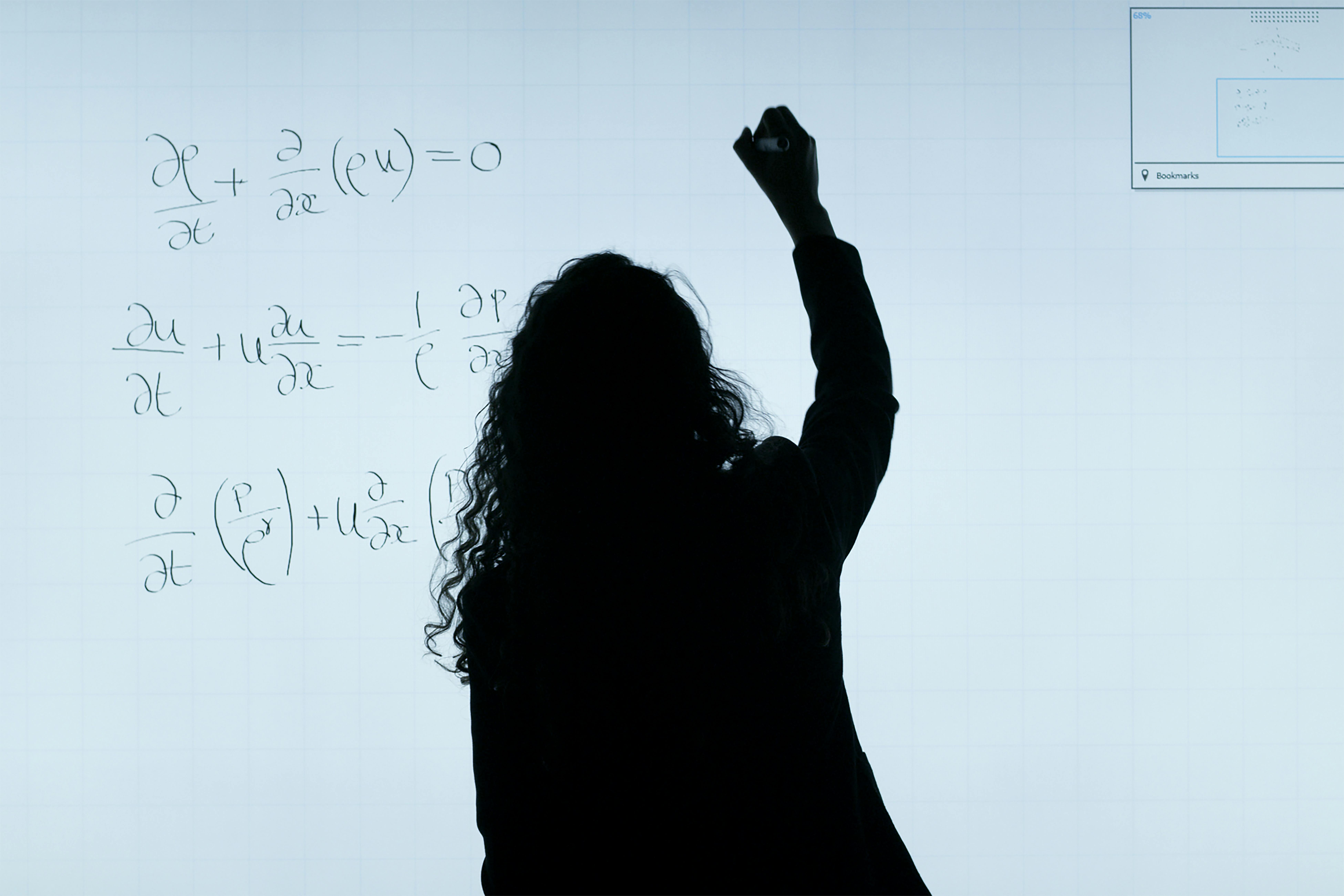The Anxious Generation Goes to School: How Digital Distractions Are Reshaping Student Focus
Jonathan Haidt's "Anxious Generation" research reveals how digital distractions impact K-12 students' attention and mental health. Learn what educators and parents can do to help.

It's third period, and you've just pulled up an educational YouTube video to illustrate a concept your students have been struggling with. The video is perfect—clear, engaging, and exactly seven minutes long. But as it plays, you notice something troubling. Several students have their eyes fixed on the sidebar, where colorful thumbnails promise entertainment. One student whispers to another about a gaming video they watched last night. Before the educational content even finishes, you've lost half the room to the siren call of recommendations.
If this scene feels familiar, you're not alone. And according to psychologist Jonathan Haidt's groundbreaking research, what's happening in your classroom is part of a much larger crisis affecting an entire generation of young people.
Understanding "The Anxious Generation"
In his recent work, Haidt identifies a sharp increase in anxiety, depression, and mental health challenges among young people that began around 2012—precisely when smartphones became ubiquitous and social media platforms redesigned themselves to be maximally engaging. He calls this cohort "The Anxious Generation," and argues that the phone-based childhood has fundamentally altered how kids develop, learn, and interact with the world.
But the impact goes far beyond social media. The same attention-hijacking algorithms that keep kids scrolling through Instagram and TikTok are also embedded in the educational tools we use every day—including YouTube.
The Attention Economy Comes to the Classroom
Here's what many educators don't realize: when you share a YouTube link with students, you're not just sharing a video. You're inviting the entire attention economy into your learning environment.
YouTube's recommendation algorithm is designed to maximize watch time, not learning outcomes. Research from the Center for Humane Technology shows that these algorithms are specifically engineered to trigger curiosity, anxiety, and compulsive clicking—the exact opposite of the focused, sustained attention that deep learning requires.
For K-12 students, whose prefrontal cortexes are still developing and whose impulse control is limited, these digital distractions aren't just annoying—they're developmentally inappropriate. Every notification, every sidebar recommendation, every autoplay countdown is a neurological bid for attention that pulls students away from the task at hand.
What the Research Tells Us
The data on digital distraction and student focus is increasingly concerning:
Fragmented Attention: A study from the University of California, Irvine found that it takes an average of 23 minutes to fully refocus after a distraction. In a typical 45-minute class period, a single distraction can effectively cut learning time in half.
Reduced Comprehension: Research published in Educational Psychology Review demonstrates that students who learn in environments with digital distractions score significantly lower on comprehension tests and retain less information long-term.
Increased Anxiety: Haidt's research shows that constant task-switching and exposure to algorithmically-curated content contributes to the anxiety epidemic we're seeing in schools. Students report feeling overwhelmed, unable to focus, and constantly behind.
The Comparison Trap: When educational videos are surrounded by entertainment content, students unconsciously compare learning to entertainment—and learning often loses. This can undermine intrinsic motivation and make academic content feel less valuable.
The Classroom Paradox
As a teacher for nearly a decade, I've witnessed this paradox firsthand: we've never had more access to high-quality educational content, yet students seem less able to engage with it meaningfully. YouTube alone contains millions of educational videos that could enhance learning. Khan Academy, Crash Course, educational channels covering every subject—the resources are extraordinary.
But the delivery mechanism is sabotaging the content.
It's not that students lack curiosity or motivation. It's that they're trying to learn in an environment specifically designed to prevent sustained focus. We're asking students to exercise self-control in a space engineered by some of the smartest behavioral psychologists in the world to undermine self-control.
That's not a fair fight.
Reclaiming Focus in the Digital Classroom
So what can educators and parents do? Haidt and other researchers suggest several approaches:
Create phone-free learning environments where possible, though this doesn't address the computer-based distractions students encounter during digital learning.
Teach digital literacy and help students understand how algorithms work. Awareness is important, but it's rarely sufficient—even adults who understand these systems still fall prey to them.
Use intentional, distraction-free tools specifically designed for learning rather than engagement. This is where the conversation shifts from problem to solution.
The truth is, we can't eliminate technology from education—nor should we. Digital tools, when used intentionally, are powerful. But we can be much more thoughtful about how we deploy them.
A Practical Solution for Educators
This is why tools like Modestly exist. Instead of abandoning YouTube's educational content entirely, educators can create distraction-free links that strip away recommendations, ads, autoplay, and rabbit holes. In just a few clicks, you can customize a safe, branded viewing experience that keeps students focused on the content that matters.
When you share a Modestly link, students see the video you chose—and nothing else. No sidebar temptations. No algorithmic manipulation. No inappropriate recommendations that might appear despite YouTube's filters. Just clean, focused learning.
For the overwhelmed administrator trying to create better technology policies, or the parent wondering how to support homework time without constant digital battles, this approach offers a middle path: embrace educational technology while protecting the attention and wellbeing of young people.
The Bigger Picture
Addressing digital distraction in education isn't just about improving test scores or classroom management, though both matter. It's about giving students the gift of deep focus—the ability to immerse themselves in complex ideas, to think critically, to develop the sustained attention that meaningful work requires.
Haidt's research reminds us that we're not just teaching content; we're shaping how young minds develop their relationship with technology, attention, and learning itself. The choices we make as educators and parents today will influence how this generation approaches focus, creativity, and intellectual growth for the rest of their lives.
The Anxious Generation is already here, sitting in our classrooms and living rooms. But their story isn't finished. By creating learning environments that protect attention rather than fragment it, we can help write a different ending—one where technology serves learning rather than undermining it.
.png)


